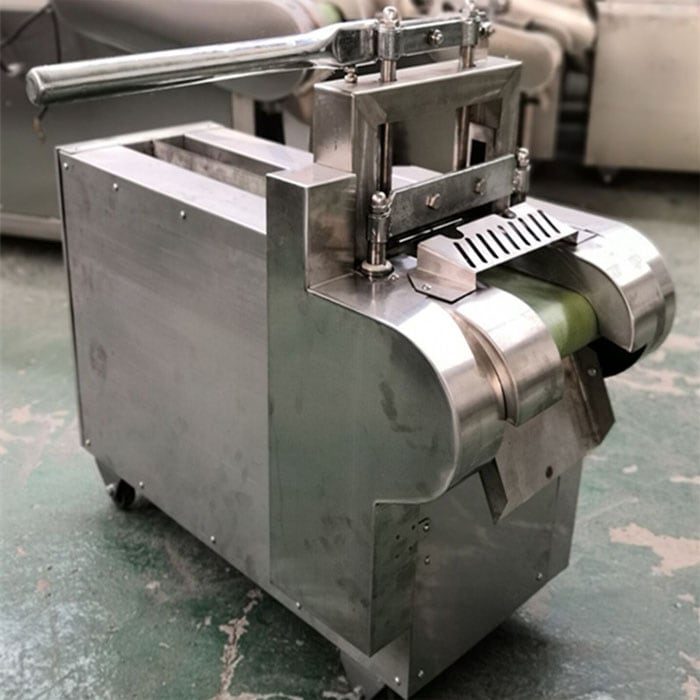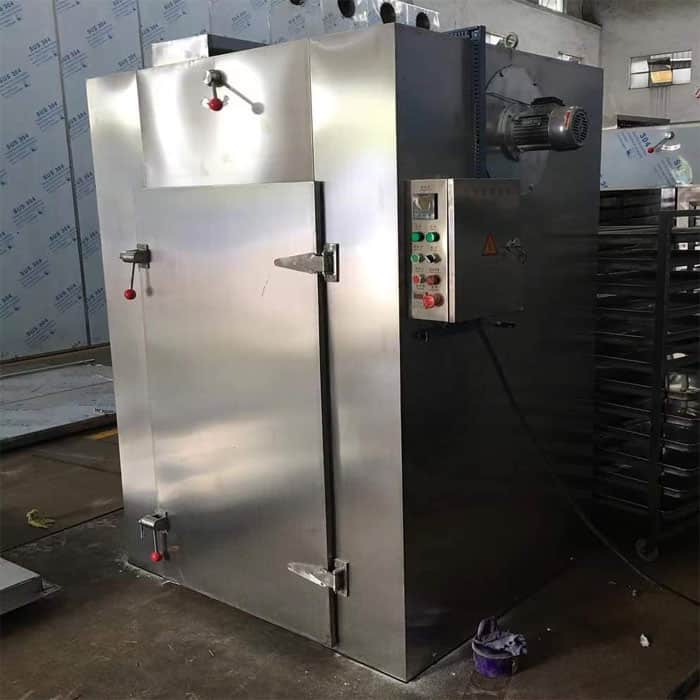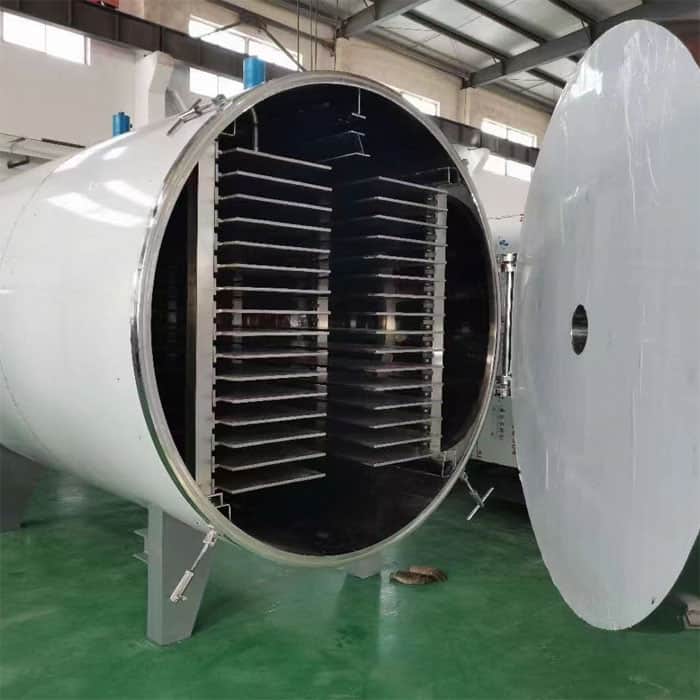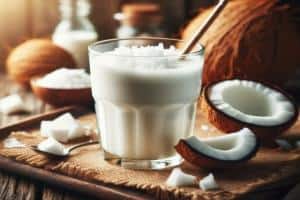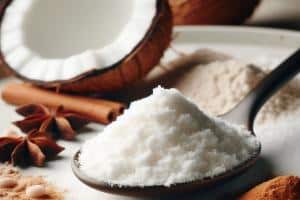Table of Contents
How to dry herbs? — overview
Drying herbs is a processing procedure that involves dehydrating fresh herbs while maintaining their original ingredients and medicinal properties. Drying is to allow it to be stored for a long time. What’s the difference between fresh VS dried herbs? Why the herbs need to be dried? how to dry herbs?

How to dry herbs? – Fresh VS dried herbs difference
In general, fresh herbs have better efficacy than dried herbs, for example, Cordyceps sinensis, fresh ginseng, etc.
Fresh herbs are not suitable for storage or transportation, and are prone to spoilage, making it difficult to meet clinical needs. Therefore, dry herbs are mainly used. There are very few fresh medicinal herbs, and only a few commonly used ones are fresh reed roots, fresh dendrobium, etc
Most herbs have roughly the same effects as fresh and dried herbs, with only differences in dosage. Some herbs must be processed to reduce their toxicity in order to be safe to use, such as Pinellia ternata, Araceae, konjac, Aconitum chuanwu, Aconitum aconitidum, etc.
On the whole, different herbs have different effects in fresh and dried conditions. When choosing, caution should be exercised and casual consumption should be avoided.
How to dry herbs? — 5 best way to dry herbs
Common drying methods include sun drying, drying in the shade, oven drying, dehydrating, etc; for small particles of traditional Chinese medicine powder medicinal materials, microwave drying or far-infrared heating drying can also be used. Which is the best way to dry herbs?
1 . Traditional sun drying
This is a drying method suitable for most medicinal herbs. Choose a sunny and windy weather, spread the medicinal herbs thinly on ground, and use sunlight to dry them.
Advantages: It is simple and convenient, with low cost and good effect, and is not limited by the site for drying and processing a large amount of medicinal materials.
Suitable herbs: Except for aromatic and volatile medicinal plants, this method can be used for all other herbs.
2. Drying herbs in the shade
Drying in the shade, as the name suggests, is a method of placing herbs in an air circulation environment and use the flow of warm air to blow off the water surface and dry herbs. This method is suitable for aromatic herbs with high volatile oil content, such as peppermint, ephedra, etc.
Suitable herbs: this method is commonly used for medicinal herbs containing volatile oils, as well as aromatic herbs that are prone to oil loss and discoloration. such as mint, Cardamom, Cinnamon, mustard, flowers etc.
3. Heating and drying: oven, dehydrator and heat pump dryer
Heating drying, also known as dehydrating, is a method of manually heating herbs that need to be dried and placing them in a drying machine, oven, or dehydrator, using hot air as a carrier of moisture for drying.
This heating and drying method is suitable for large-scale medicinal herb planting bases due to its high efficiency, labor saving, cost saving, and unrestricted weather conditions.
4. Microwave drying
Microwave drying is actually achieved through induction heating and medium heating, allowing the moisture in herbs to absorb microwave energy to varying degrees and convert it into heat to achieve the purpose of drying.
Suitable herbs: Chinese herbal medicine slices, honey balls, and water balls, which have a significant loss of pharmacological components in traditional drying, can effectively improve drying efficiency, shorten drying time, and have a certain insecticidal and sterilization effect.
5. Vacuum freeze drying
Vacuum freeze-drying technology, abbreviated as freeze-drying technology, is a drying and dehydration technology that combines vacuum technology and freezing technology.
Advantages: Vacuum freeze-drying completes drying at lower temperatures, can maximize the preservation of the original appearance characteristics and nutritional components of materials, and is currently considered the best drying method for producing high-quality products.
Disadvantages: Drying energy consumption is high, equipment requirements are high, and drying costs are high.
There are various types of herbs, with different appearances, phases, sizes, thicknesses, medicinal properties, ingredients, water content, and processing procedures. So it is necessary to choose the best way to dry herbs, with appropriate drying temperature, humidity, and time parameters based on their characteristics.
How to dry herbs in oven? – Step by step guide operate
Below, we will take the commonly used hot air drying oven for licorice root as an example to introduce the detailed process of how to dry herbs.
1 . Material preparation: Select Chinese medicinal materials as needed, and clean and crush impurities to ensure the cleanliness and orderliness of the materials.
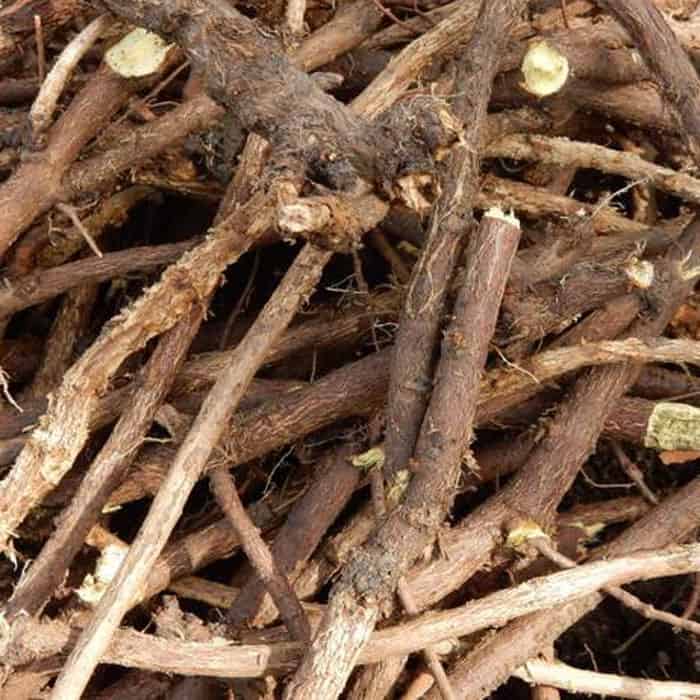
2. Softening: After washing licorice root, soak it in clean water for 2 to 4 hours. After removal, place it in a moisturizing box and let it sit for 12 to 24 hours.
3. Cutting and slicing licorice root: Use a slicer to slice slanted or thick slices, with a thickness of 2-4mm.

4. Loading: spread the licorice slices on the trays. the thickness should not exceed 4cm.
5. Drying: Dry the cut licorice slices in the hot air drying oven at a temperature of 60-70 ℃, with a spreading thickness of 25-35mm and a drying time of 6-8 hours to moisture below 12%.
6. Cooling and packaging: Take out the dried licorice slices and place them in a ventilated area for natural cooling. After the materials have completely cooled down, they should be packaged and stored.

